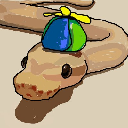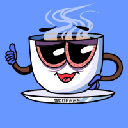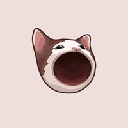-
 bitcoin
bitcoin $109547.008142 USD
0.04% -
 ethereum
ethereum $4011.838726 USD
-0.05% -
 tether
tether $1.000402 USD
-0.01% -
 xrp
xrp $2.798606 USD
0.88% -
 bnb
bnb $970.877944 USD
1.39% -
 solana
solana $202.237275 USD
-0.95% -
 usd-coin
usd-coin $0.999673 USD
0.00% -
 dogecoin
dogecoin $0.229294 USD
-1.15% -
 tron
tron $0.336370 USD
-0.45% -
 cardano
cardano $0.777260 USD
-1.66% -
 hyperliquid
hyperliquid $45.503019 USD
1.73% -
 ethena-usde
ethena-usde $1.000362 USD
0.01% -
 chainlink
chainlink $20.785303 USD
-1.10% -
 avalanche
avalanche $28.755822 USD
-0.11% -
 stellar
stellar $0.358303 USD
-0.48%
What is an allowlist or whitelist for an NFT mint?
An NFT allowlist grants select wallets early access to mint NFTs, helping projects manage demand and reward loyal supporters.
Jul 20, 2025 at 07:14 pm
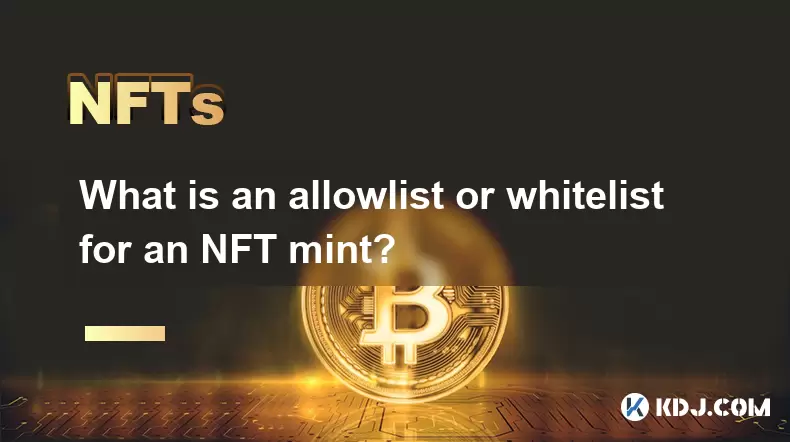
Understanding the Concept of an Allowlist for NFT Minting
An allowlist, also commonly referred to as a whitelist, is a mechanism used in the NFT minting process to grant early or exclusive access to a select group of individuals. This list typically consists of wallet addresses that are pre-approved by the project creators to mint NFTs before the general public sale begins. The use of an allowlist helps projects manage demand, reward loyal community members, and prevent bot-driven minting that can overwhelm the system.
Projects often distribute spots on the allowlist through various engagement methods such as social media participation, airdrops, discord activities, or token ownership requirements. Being on the allowlist can significantly increase the chances of successfully minting an NFT during high-demand launches.
How Does an NFT Allowlist Work?
The allowlist operates as a permissioned access system during the minting phase of an NFT collection. Before the public sale opens, the project team compiles a list of approved wallet addresses. These addresses are granted the privilege to mint NFTs at a predetermined time, usually before the general public.
To implement this, developers often use smart contracts that include a function to verify whether a wallet address is part of the allowlist. When a user connects their wallet during the allowlist minting window, the system checks if the address is included. If it is, the user can proceed to mint a specified number of NFTs, often at a discounted price or with guaranteed access.
- Smart contract verification ensures only approved wallets can mint during the allowlist phase.
- Time-bound access is typically set, meaning the allowlist mint has a specific start and end time.
- Quantity limits may be imposed to prevent abuse and ensure fair distribution.
How to Get on an NFT Allowlist
Gaining entry to an NFT allowlist often involves active participation in the project’s ecosystem. Each project sets its own criteria for inclusion, but common methods include:
- Joining the project’s Discord server and engaging in community events, giveaways, or contests.
- Holding specific tokens or NFTs from the project or related collections, often referred to as “proof of stake” allowlists.
- Participating in early presales or completing tasks like retweeting, tagging friends, or sharing content on social media platforms.
- Using allowlist platforms like Rarity.tools, NFT Allowlist, or Discord bots that track and notify users about allowlist opportunities.
It’s important to verify the legitimacy of the allowlist process to avoid scams or phishing attempts that mimic real projects.
Differences Between Allowlist and Public Sale
The allowlist mint and the public sale differ significantly in terms of access, timing, and benefits. During the allowlist phase:
- Access is restricted only to approved wallets, whereas the public sale is open to anyone.
- Minting costs are often lower for allowlist participants compared to the public sale price.
- Gas fees can be more manageable due to less congestion during the allowlist mint window.
- Higher minting success rates are experienced by allowlist members due to limited competition.
In contrast, the public sale usually sees high demand, increased gas fees, and lower chances of successfully minting an NFT due to network congestion and bot activity.
Technical Implementation of Allowlist in Smart Contracts
For developers, implementing an allowlist involves coding specific conditions into the smart contract that governs the minting process. This typically includes:
- Storing the allowlist as a mapping of addresses in the contract, often using a Merkle tree for scalability and privacy.
- Using Merkle proofs to verify if a wallet is eligible without exposing the full list on-chain.
- Setting a minting window with start and end timestamps to control when allowlist members can mint.
- Limiting the number of mints per address to ensure fairness and prevent hoarding.
By using cryptographic techniques like Merkle trees, developers can efficiently manage large allowlists without incurring high gas costs or compromising security.
Frequently Asked Questions
1. Can I transfer my allowlist spot to someone else?Most allowlists are tied to specific wallet addresses and cannot be transferred. If the allowlist uses a Merkle tree, the proof is generated for a particular address and cannot be reused.
2. What happens if I miss the allowlist mint?If you miss the allowlist minting window, you can still participate in the public sale if available. However, the price may be higher, and the likelihood of successful minting could be lower due to increased demand.
3. Are allowlists available for all NFT projects?Not all projects use allowlists. Some may opt for a public mint only, while others might implement a presale or Dutch auction model. It depends on the project’s strategy and goals.
4. How can I verify if my wallet is on the allowlist?Most projects provide a verification tool on their official website or Discord. You can connect your wallet to check eligibility. Be cautious of fake verification sites and always ensure you’re on the official platform.
Disclaimer:info@kdj.com
The information provided is not trading advice. kdj.com does not assume any responsibility for any investments made based on the information provided in this article. Cryptocurrencies are highly volatile and it is highly recommended that you invest with caution after thorough research!
If you believe that the content used on this website infringes your copyright, please contact us immediately (info@kdj.com) and we will delete it promptly.
- Crypto Whales, PEPE, and Meme Coins: What's the Hype?
- 2025-09-28 18:25:15
- Polkadot pUSD: NYC's Take on Decentralized Stability
- 2025-09-28 18:25:15
- SWIFT, Ethereum, and Linea: Revolutionizing Global Banking?
- 2025-09-28 18:30:01
- Crypto, Altcoin, Buy Now: Navigating the 2025 Landscape
- 2025-09-28 18:30:01
- MoonBull, Crypto, and Shiba Inu: What's the Buzz in the Crypto Space?
- 2025-09-28 18:30:01
- Qurax Exchange Spot Trading and Token Listings: A New Era?
- 2025-09-28 18:30:12
Related knowledge

How can I determine the authenticity of an NFT project?
Sep 23,2025 at 05:18pm
Understanding the Project Team and Their Background1. Research the identities of the team members behind the NFT project. Verified social media profil...

What's the difference between NFTs and traditional collectibles?
Sep 19,2025 at 12:55pm
Digital Ownership and Provenance1. NFTs are built on blockchain technology, which ensures transparent and immutable records of ownership. Every transa...
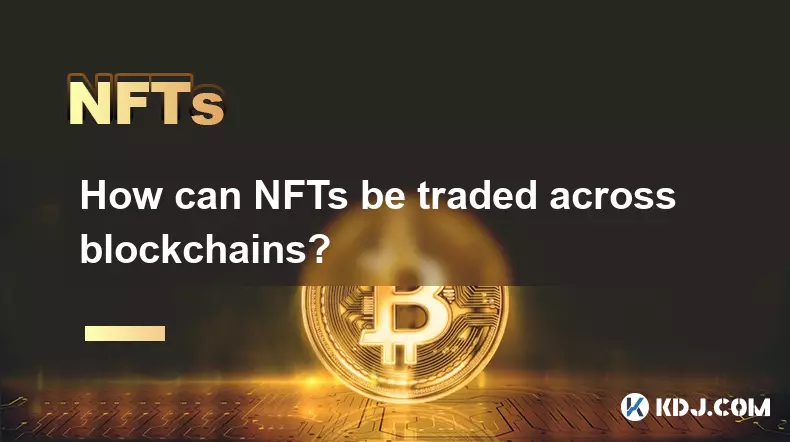
How can NFTs be traded across blockchains?
Sep 19,2025 at 12:00pm
Understanding Cross-Chain NFT Trading1. Non-fungible tokens (NFTs) are digital assets that represent ownership of unique items on a blockchain. Origin...

How is NFT rarity calculated?
Sep 18,2025 at 07:54pm
Understanding NFT Rarity Metrics1. NFT rarity is determined by analyzing the uniqueness of individual traits within a collection. Each NFT typically c...
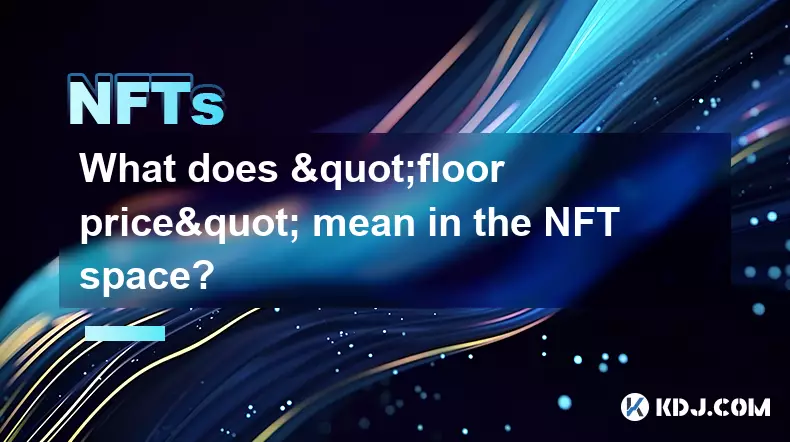
What does "floor price" mean in the NFT space?
Sep 22,2025 at 06:36am
Floor Price: A Core Metric in the NFT Marketplace1. The term floor price refers to the lowest current asking price for any item within a specific NFT ...

How do NFTs help content creators?
Sep 18,2025 at 08:00am
NFTs Empower Creators with Ownership and Monetization1. NFTs provide content creators with verifiable ownership of their digital works, ensuring authe...

How can I determine the authenticity of an NFT project?
Sep 23,2025 at 05:18pm
Understanding the Project Team and Their Background1. Research the identities of the team members behind the NFT project. Verified social media profil...

What's the difference between NFTs and traditional collectibles?
Sep 19,2025 at 12:55pm
Digital Ownership and Provenance1. NFTs are built on blockchain technology, which ensures transparent and immutable records of ownership. Every transa...

How can NFTs be traded across blockchains?
Sep 19,2025 at 12:00pm
Understanding Cross-Chain NFT Trading1. Non-fungible tokens (NFTs) are digital assets that represent ownership of unique items on a blockchain. Origin...

How is NFT rarity calculated?
Sep 18,2025 at 07:54pm
Understanding NFT Rarity Metrics1. NFT rarity is determined by analyzing the uniqueness of individual traits within a collection. Each NFT typically c...

What does "floor price" mean in the NFT space?
Sep 22,2025 at 06:36am
Floor Price: A Core Metric in the NFT Marketplace1. The term floor price refers to the lowest current asking price for any item within a specific NFT ...

How do NFTs help content creators?
Sep 18,2025 at 08:00am
NFTs Empower Creators with Ownership and Monetization1. NFTs provide content creators with verifiable ownership of their digital works, ensuring authe...
See all articles

















